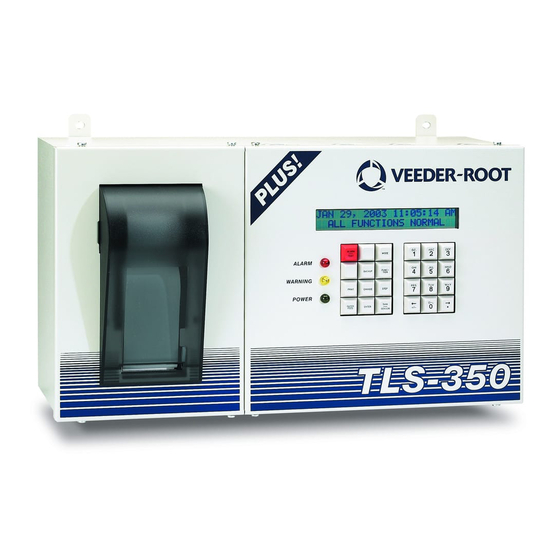
Veeder-Root TLS-3 Series Site Prep And Installation Manual
Hide thumbs
Also See for TLS-3 Series:
- Troubleshooting manual (160 pages) ,
- Quick help (41 pages) ,
- Installation manual (22 pages)

















Need help?
Do you have a question about the TLS-3 Series and is the answer not in the manual?
Questions and answers